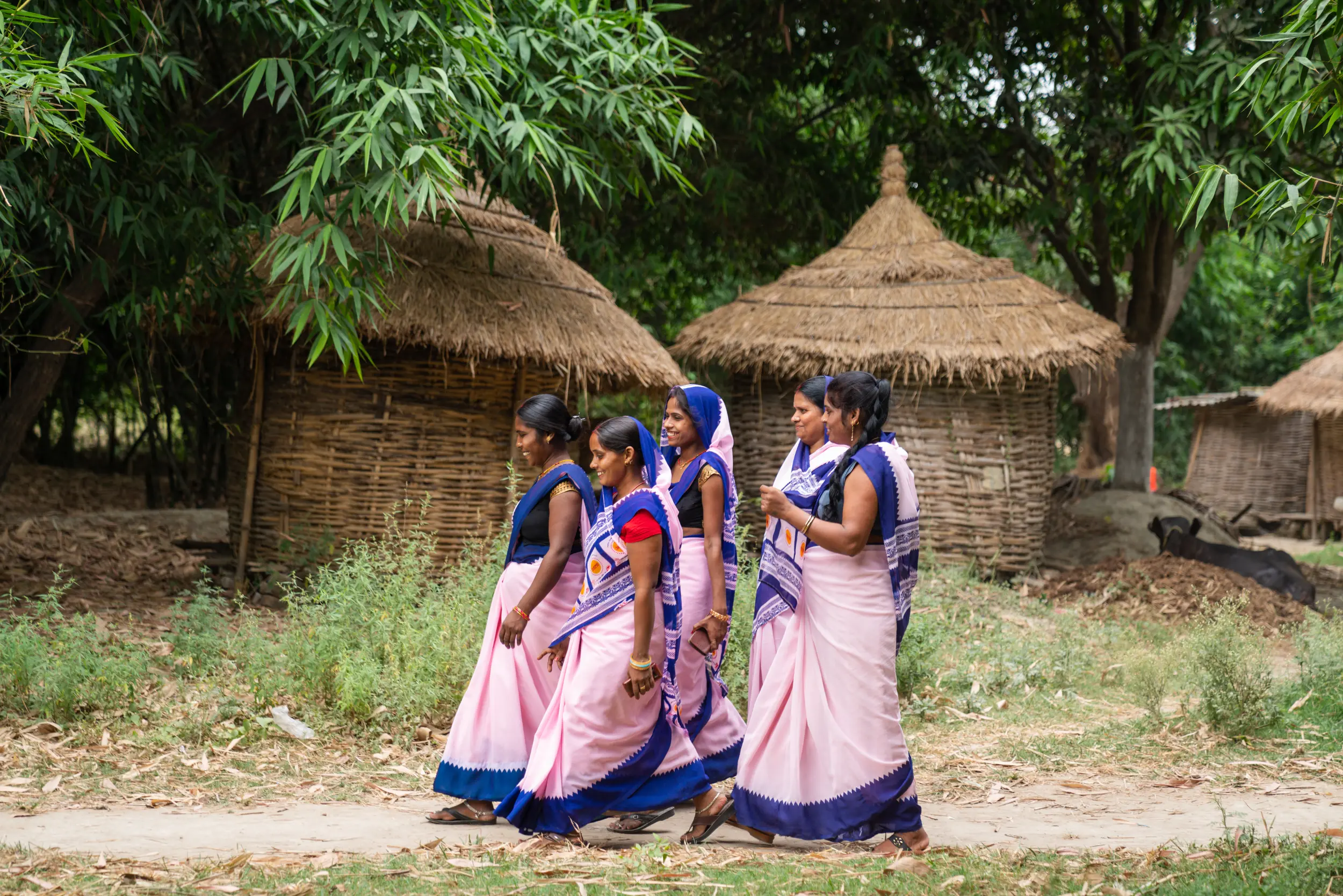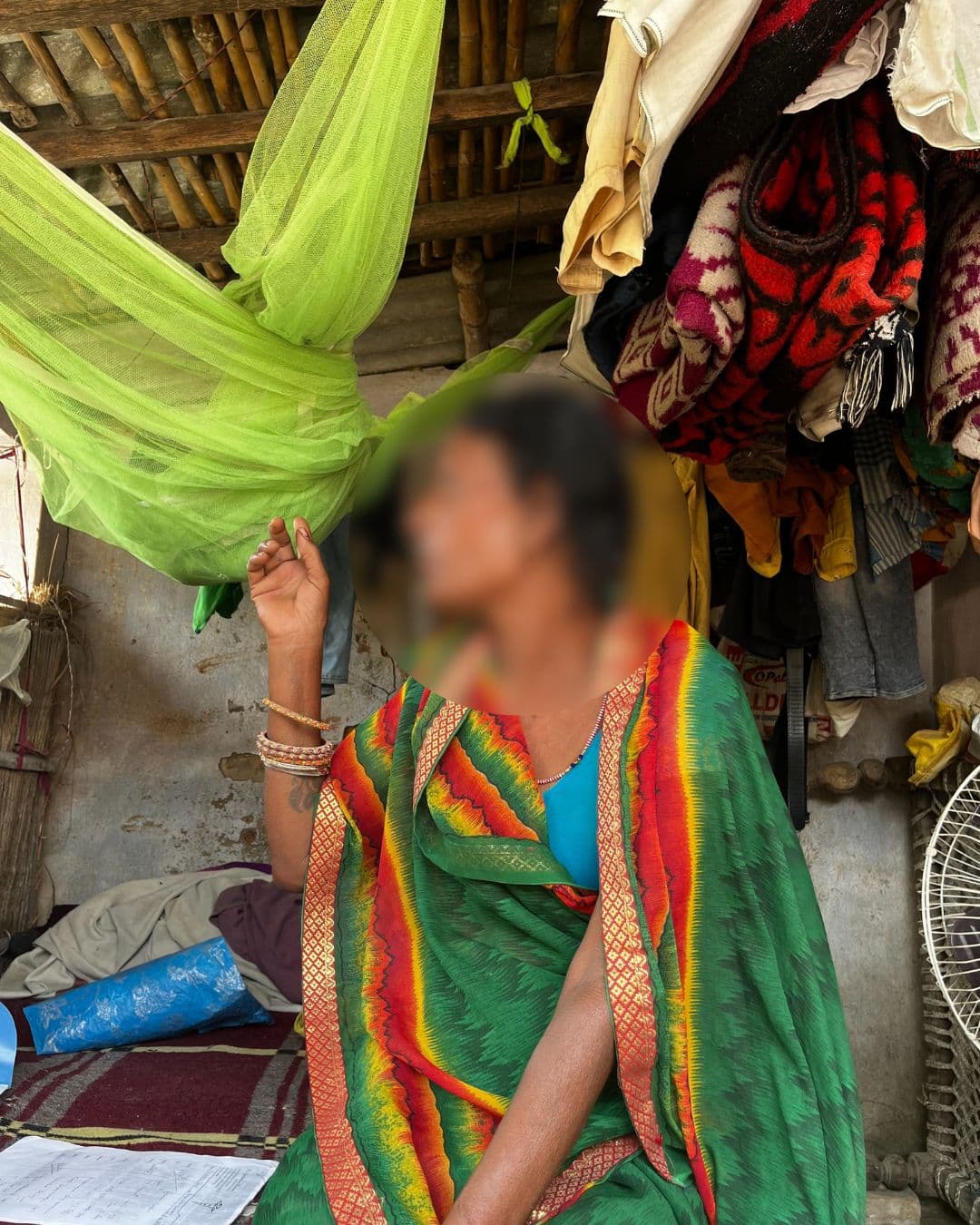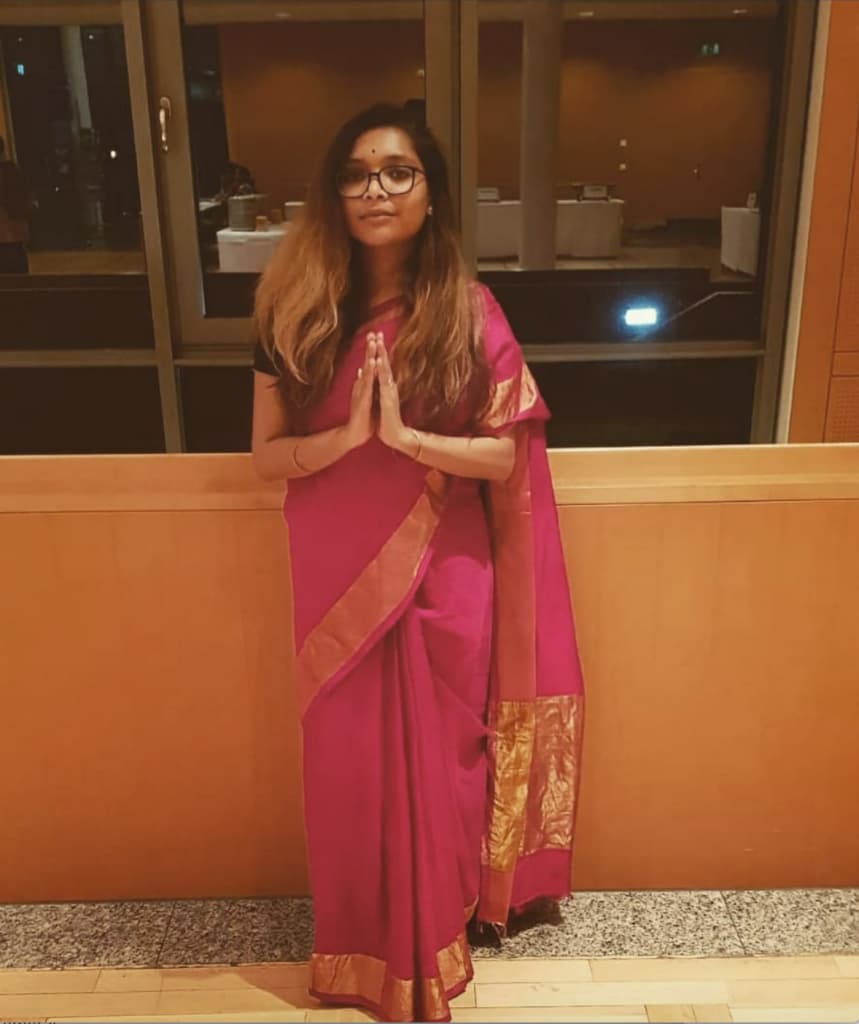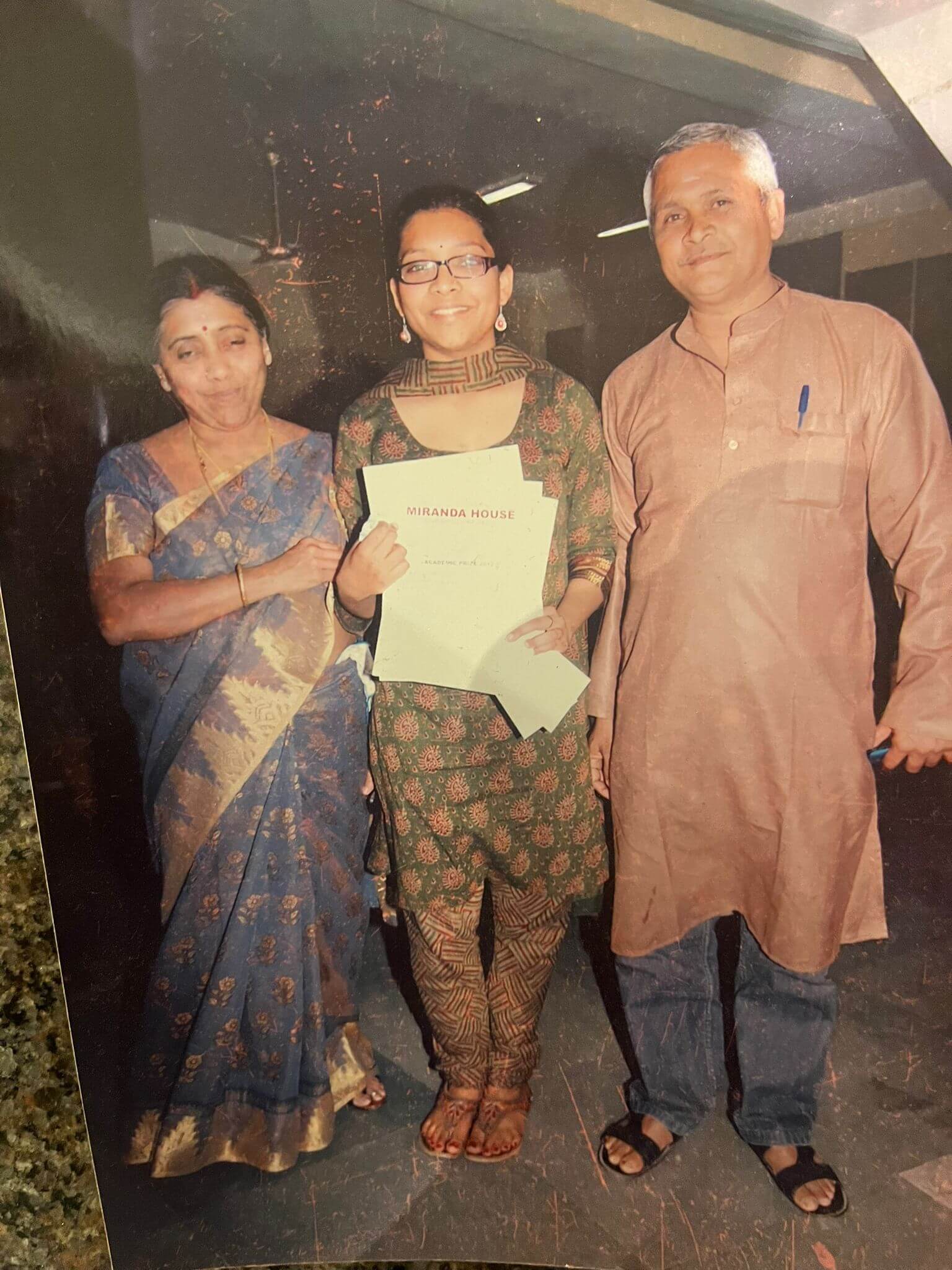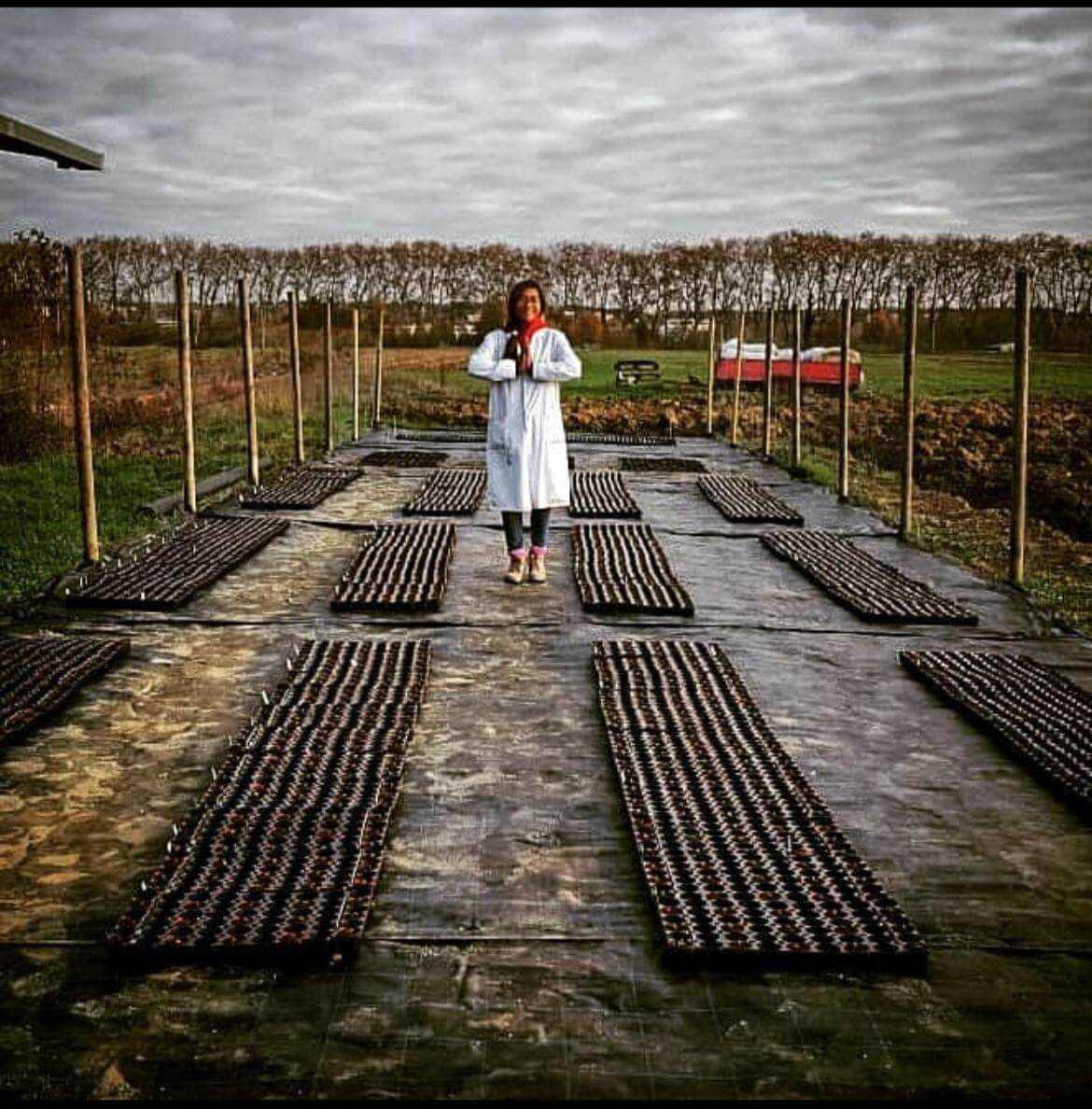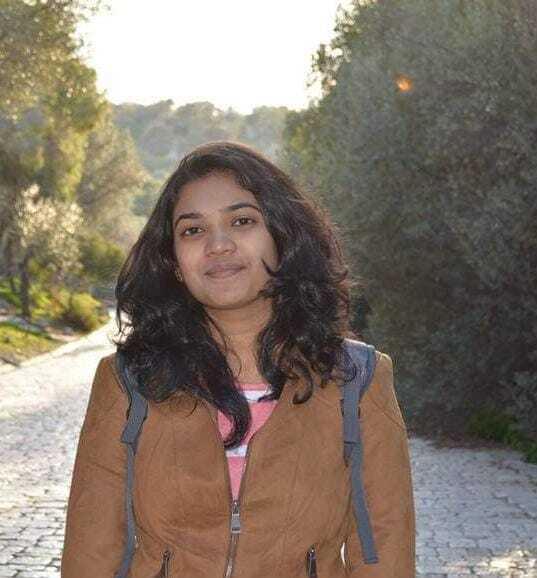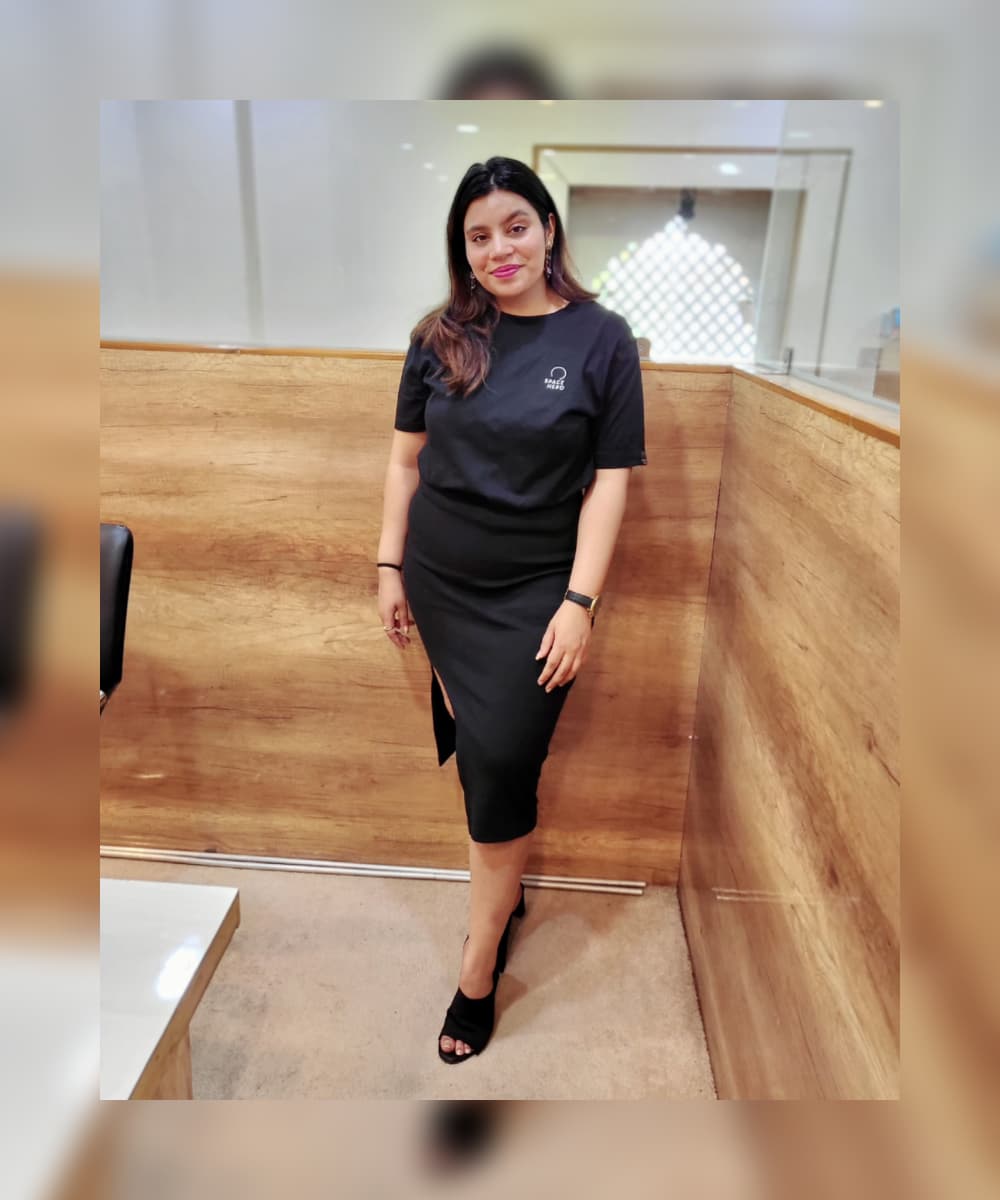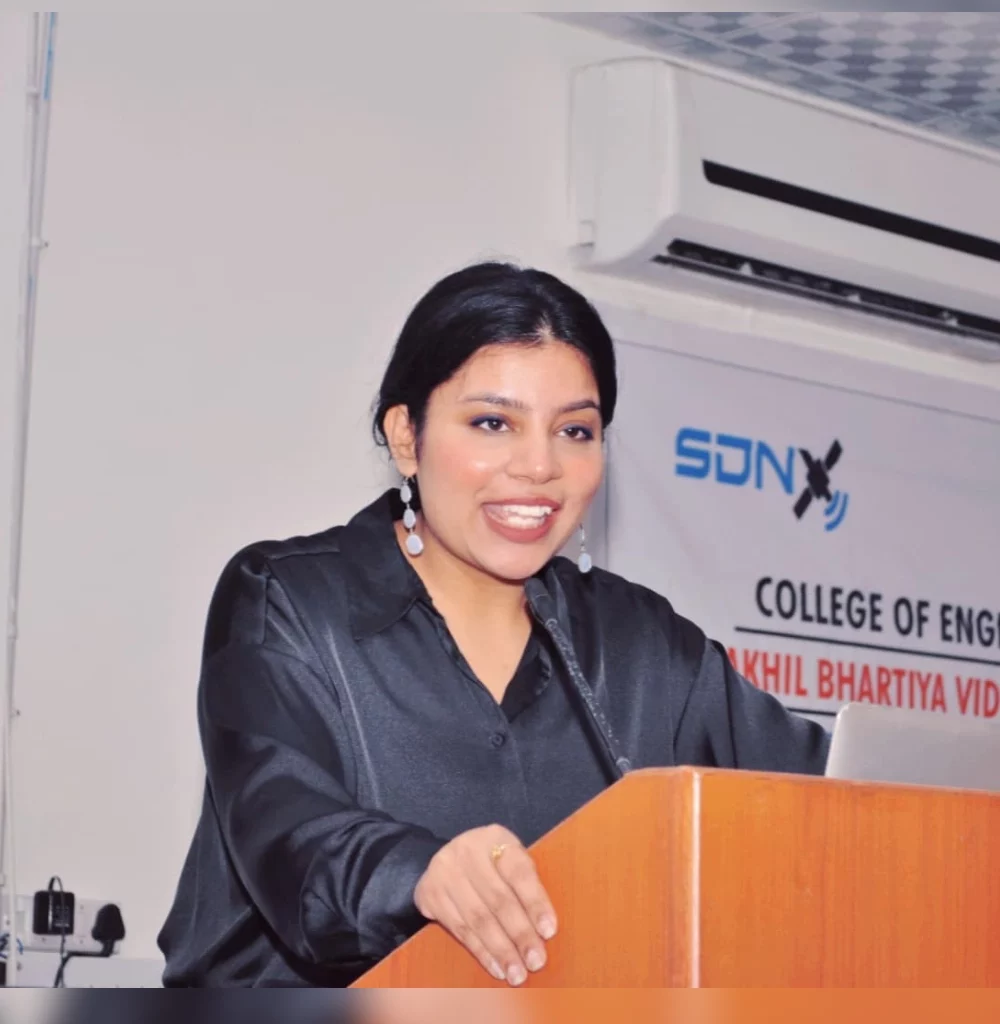Dr Gazala’s work pinpoints the sources of aerosols and their role in driving regional climate change in India, besides equipping the Ministry of Environment with the right knowledge regarding policymaking
This accidental entrepreneur bets on microalgae for net-zero transition
The lab led by Dr Jikku Jose developed energy-efficient equipment prototype to thaw refrigerated reagents, whereas their microalgae-based cosmeceutical and nutraceuticals are in various stages of research
Trailblazer at the forefront of India’s battle against COVID-19
Dr Minal Dakhave Bhosale’s passion for public health burned bright from an early age. This led her to become the driving force behind the development of a groundbreaking COVID-19 testing kit at a young age of 33. The urgency was palpable then, as India was grappling with the pandemic’s intensity and global scrutiny over its testing capabilities. However, Mylab Discovery Solutions, Pune, managed to launch the kit in March 2020, within weeks of recognising the need.
A young researcher in STEM, driven by an endless curiosity and a sense of adventure.
Prerana Gawde juggles many roles as a young researcher in STEM, driven by an endless curiosity and a sense of adventure — marine biologist, professional diver and one of the few female underwater researchers in India.
Spotlight on inclusive research as women left out of drug research, clinical trials
Prescribing medicines without conducting experiments on female animals is causing more harm than good to women, resulting in administration of wrong medicines to them
Sustainability and rural empowerment drive this geneticist, her father’s daughter
Dr Chanda Nimbkar’s contributions to animal breeding, notably in enhancing the genetic features of local sheep and goats, have greatly improved the livelihoods of people from rainfed areas of rural Maharashtra
How this millennial doctor demystifies sexual, reproductive health education through Instagram
With over one million people following her Instagram handle @dr_cuterus, Dr Tanaya Narendra has been making best use of the online space to educate people on all aspects of reproductive biology

